In the rapidly evolving landscape of education, technology emerges as a catalyst for transformative change, redefining the way students learn, educators teach, and institutions operate. Here, we delve into the 10 Importance of Technology in Education shaping and enhancing the educational experience.
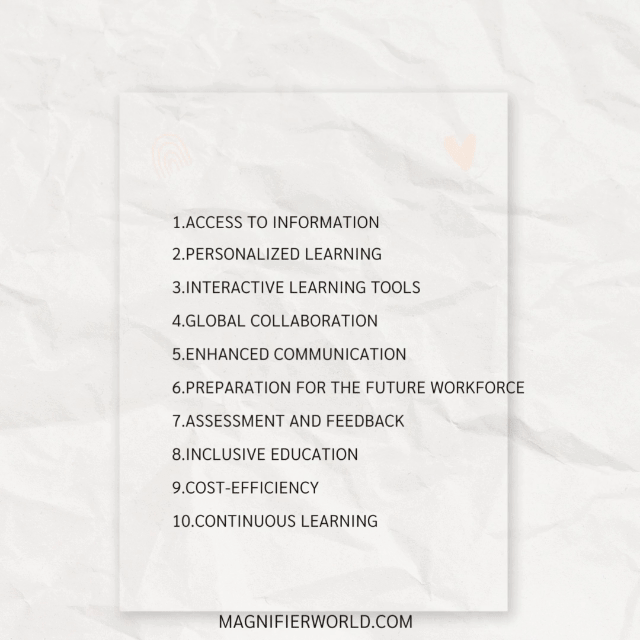
Access to Information:
10 Importance of Technology in Education – Technology opens the gateway to a vast reservoir of information. With the internet as a boundless repository, students have unprecedented access to a wealth of knowledge, enabling them to explore beyond textbooks and traditional resources.
In the past, geographical location often determined the extent of educational resources available to individuals. With the advent of the internet, students from remote villages to bustling cities now have access to a global treasure trove of information.
The ability to access information at any time transforms learning into a lifelong endeavour. Whether pursuing formal education, professional development, or personal interests, individuals can continuously acquire knowledge.
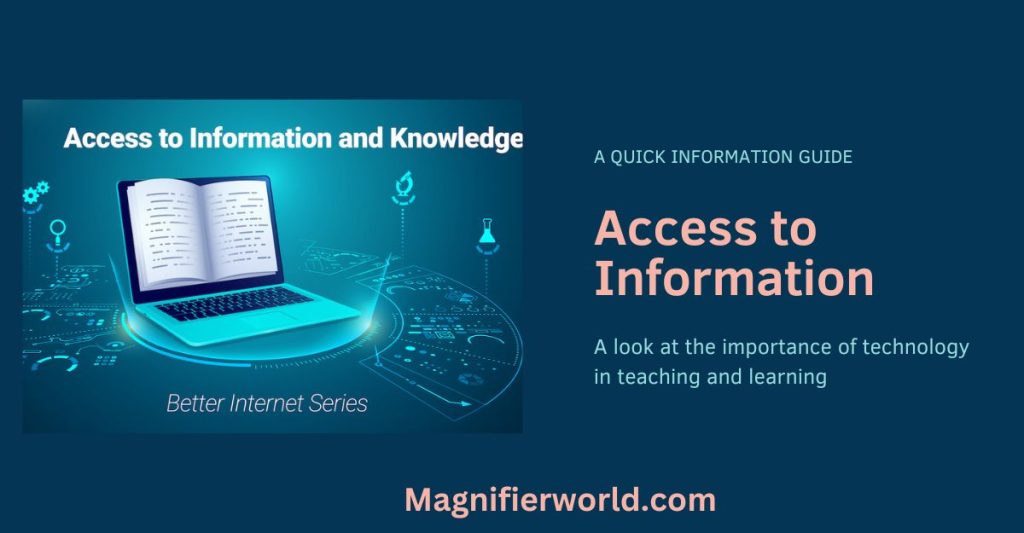
Personalized Learning:
Adaptive learning platforms and educational apps leverage technology to tailor content based on individual student needs. This personalization ensures that students progress at their own pace, addressing their strengths and weaknesses.
In the landscape of modern education, personalized learning has emerged as a transformative approach that goes beyond one-size-fits-all methodologies. This 10 Importance of Technology in Education aims to tailor education to the unique needs, strengths, and interests of each student, fostering a more effective and engaging learning experience. Let’s explore the multifaceted significance of personalized learning in shaping the future of education.
10 Importance of Technology in Education – Each student progresses at their own pace. Personalized learning allows for flexibility in pacing, ensuring that students can grasp concepts thoroughly before moving on, thus preventing learning gaps.
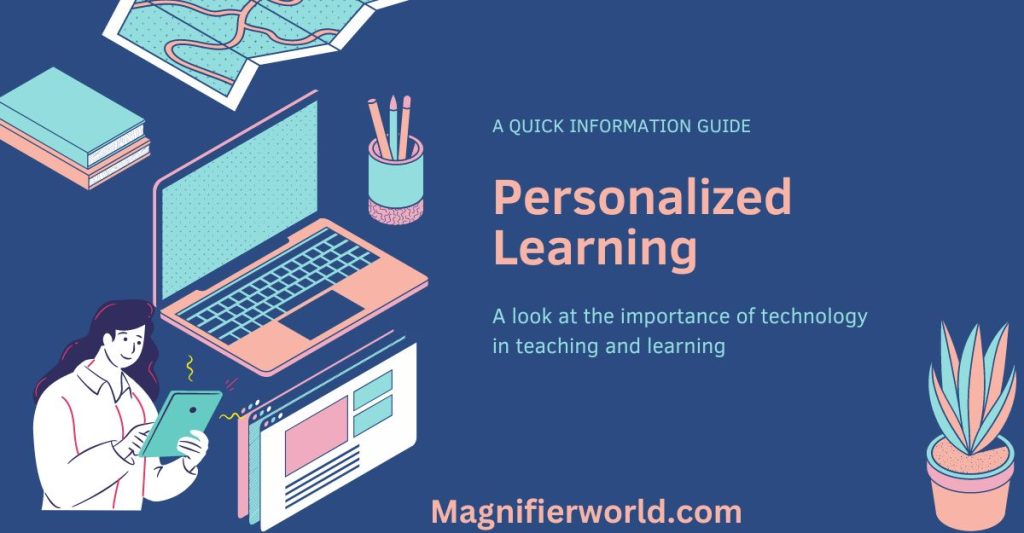
Interactive Learning Tools:
Interactive whiteboards, educational software, and multimedia presentations foster engagement in the classroom. These tools transform lessons into dynamic, visually stimulating experiences, making abstract concepts more tangible and understandable.
In the ever-evolving landscape of education, interactive learning tools have emerged as transformative assets, reshaping traditional teaching methods and enriching the learning experience. Leveraging technology, these tools foster engagement, collaboration, and active participation in educational settings. 10 Importance of Technology in Education into the significance of interactive learning tools and how they are revolutionizing the educational landscape.
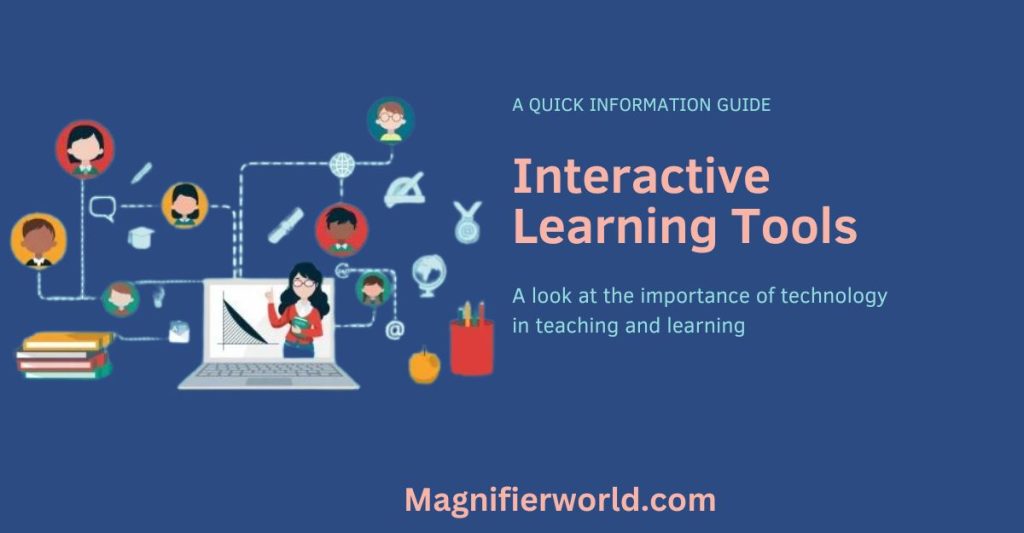
Global Collaboration:
Technology breaks down geographical barriers, allowing students to collaborate with peers globally. Virtual classrooms, online forums, and collaborative projects enable cross-cultural exchanges, broadening perspectives and preparing students for a globalized world.
In the era of interconnectedness, global collaboration has become a cornerstone of modern education. This collaborative approach transcends geographical boundaries, bringing students, educators, and institutions together on a global scale. The significance of global collaboration in education goes beyond traditional classroom settings, fostering a diverse and enriched learning experience.
Global collaboration exposes students to diverse cultures, perspectives, and traditions. Connecting with peers from different parts of the world broadens horizons and promotes a deeper understanding of global issues.
Technology enables virtual classrooms and video conferencing, allowing students and educators to engage in real-time discussions, share ideas, and collaborate on projects despite being physically distant.

Enhanced Communication:
Communication between students, teachers, and parents is streamlined through technology. 10 Importance of Technology in Education – Learning management systems, messaging apps, and email facilitate instant and effective communication, keeping all stakeholders informed and involved in the educational journey.
Effective communication is the lifeblood of education, and in the digital age, enhanced communication has become a linchpin in transforming the learning experience. From student-teacher interactions to seamless collaboration among educators, enhanced communication bridges gaps, fosters engagement, and creates a more connected educational ecosystem. Let’s explore the multifaceted impact of enhanced communication in shaping the modern landscape of education.
Enhanced communication tools, such as instant messaging apps, enable quick and real-time updates. Teachers, students, and parents can communicate efficiently, fostering a responsive and dynamic educational environment.
Virtual platforms enable parent-teacher conferences, breaking down geographical barriers. Parents can actively participate in discussions about their child’s progress, fostering a more inclusive and accessible approach to parent-teacher interactions.
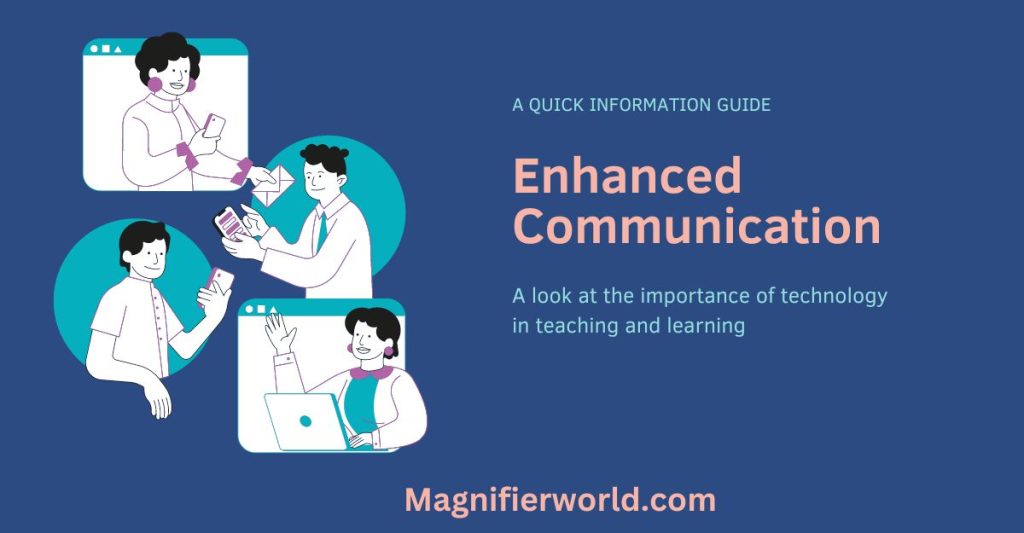
Preparation for the Future Workforce:
In an era dominated by technology, integrating it into education prepares students for the demands of the future workforce. Familiarity with digital tools and skills like coding become essential for success in an increasingly tech-driven job market.
In an era marked by rapid technological advancements and evolving global landscapes, the education system plays a pivotal role in preparing students for the challenges and opportunities of the future workforce. Beyond traditional academic knowledge, modern education must equip students with a diverse set of skills, competencies, and adaptability to thrive in the dynamic workplaces of the 21st century.
Education emphasizes digital literacy, ensuring that students are proficient in using technology. From basic computer skills to coding and data analysis, technological proficiency is a cornerstone for success in the future job market.

Assessment and Feedback:
Technology streamlines the assessment process, providing instant feedback to both students and educators. Online quizzes, automated grading systems, and data analytics help track progress, identify areas for improvement, and tailor teaching strategies accordingly.
Assessment and feedback are integral components of the educational journey, playing a crucial role in shaping student understanding, fostering improvement, and guiding the learning process. In the dynamic landscape of education, the methods of assessment and the nature of feedback have evolved to align with the goals of holistic education.
Formative assessment focuses on continuous feedback during the learning process. It provides insights into student understanding, allowing educators to make real-time adjustments to teaching strategies and address misconceptions promptly.
Education employs a variety of assessment methods, including quizzes, exams, projects, presentations, and portfolios. Diverse assessment methods cater to different learning styles and provide a more comprehensive understanding of students’ abilities.
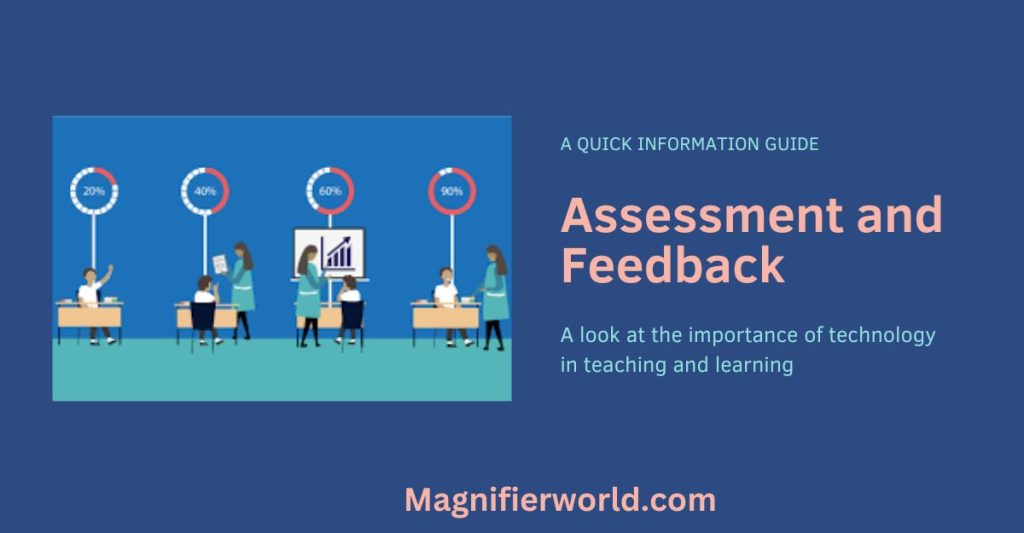
Inclusive Education:
Technology plays a pivotal role in fostering inclusivity. Assistive technologies support students with diverse learning needs, ensuring that education is accessible to everyone, regardless of physical or cognitive abilities.
Inclusive education is a transformative approach that values diversity, embraces differences, and strives to provide quality education for every student, regardless of their background, abilities, or characteristics. It goes beyond merely integrating students with diverse needs into mainstream classrooms; it seeks to create environments where all learners feel valued, supported, and have equal opportunities to thrive.
Inclusive education acknowledges and celebrates the diversity of the student population, encompassing differences in abilities, backgrounds, cultures, languages, and learning styles.
The core principle of inclusive education is to ensure equity and equal opportunities for all students. It strives to eliminate barriers to learning and participation, fostering an environment where every student can reach their full potential. – 10 Importance of Technology in Education
Inclusive education embraces the concept of Universal Design for Learning, which involves designing educational materials and environments that cater to the needs of all learners, minimizing the need for adaptations.
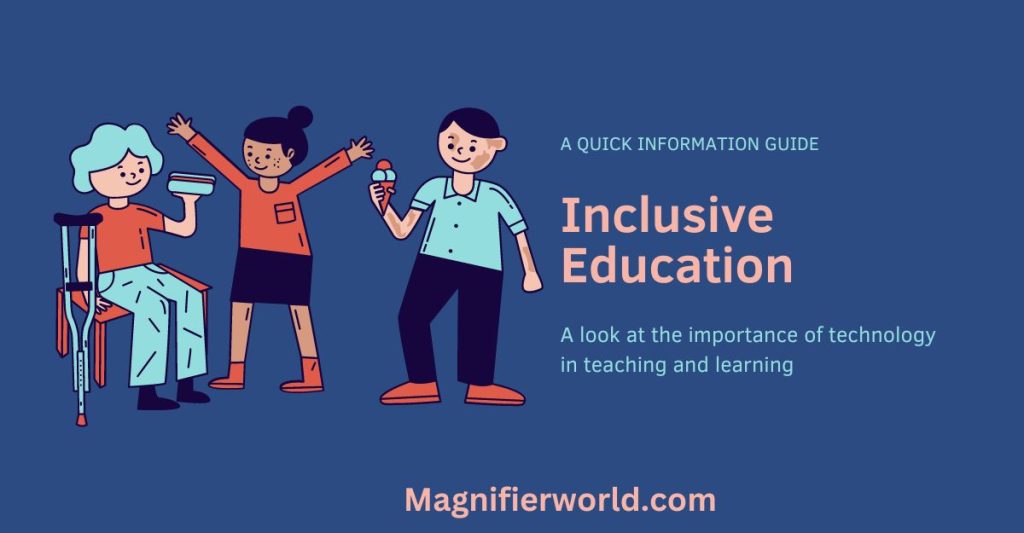
Cost-Efficiency:
Digital textbooks, online resources, and e-learning platforms reduce the financial burden on students and institutions. Technology eliminates the need for extensive physical materials, making education more affordable and sustainable.
Cost efficiency in education involves managing financial resources judiciously to maximize the impact on student learning and educational outcomes. While striving for excellence, educational institutions aim to allocate resources effectively, ensuring that the quality of education is not compromised. Let’s explore the various dimensions of cost-efficiency in education and how they contribute to the overall effectiveness of the learning environment.
Cost efficiency requires strategic budget allocation and prioritization. Educational institutions must identify key areas, such as curriculum development, teacher training, and technology infrastructure, and allocate resources where they will have the most significant impact on student learning.

Continuous Learning:
Technology facilitates lifelong learning. Online courses, webinars, and digital platforms enable individuals to pursue education beyond traditional boundaries, fostering a culture of continuous learning that extends well beyond the conventional classroom setting.
Continuous learning is a dynamic and ongoing process that extends beyond formal education, encouraging individuals to actively seek, acquire, and apply knowledge throughout their lives. In a rapidly evolving world, the concept of continuous learning is essential for personal growth, professional development, and staying adaptable in the face of change.
Continuous learning emphasizes the development of skills that extend beyond formal education. This includes critical thinking, problem-solving, communication, and adaptability — skills that are crucial in navigating the complexities of the modern world.
In the professional realm, continuous learning is synonymous with professional development and upskilling. Individuals actively seek opportunities to acquire new knowledge, stay abreast of industry trends, and enhance their competencies to remain competitive in the workforce.

Read Also:-
- Exploring the Benefits of Machine Learning in Education
- Exploring the Benefits of Machine Learning in Education
Conclusion
In conclusion, the 10 Importance of Technology in Education is not merely a trend but a fundamental shift in the way knowledge is imparted and acquired. As we embrace the digital age, the synergy between technology and education becomes a powerful force, propelling us towards a future where learning is dynamic, accessible, and tailored to the needs of each student.
In conclusion, the integration of technology into education has ushered in a paradigm shift, revolutionizing the way we teach and learn. The tenfold importance of technology in education is not merely a reflection of the digital age but a testament to its transformative power in shaping the future of learning. As we reflect on the multifaceted impacts discussed, it becomes evident that technology is not just a tool but a catalyst for educational innovation and progress.
FAQS on 10 Importance of Technology in Education
Q: Why is technology considered transformative in education?
A: Technology transforms education by enhancing access to information, personalizing learning experiences, and fostering global collaboration.
Q: How does technology provide access to a vast reservoir of information for students?
A: Technology, especially the internet, serves as a limitless repository, allowing students to explore a diverse range of information beyond traditional resources.
Q: What is personalized learning, and how does technology facilitate it?
A: Personalized learning tailors educational content to individual student needs, and technology, such as adaptive learning platforms, plays a key role in making this customization possible.
Q: Can you provide examples of interactive learning tools powered by technology?
A: Examples include interactive whiteboards, educational software, and multimedia presentations, making lessons dynamic and engaging.
Q: How does technology contribute to global collaboration in education?
A: Technology breaks down geographical barriers, enabling students to collaborate globally through virtual classrooms, online forums, and collaborative projects.
Q: What are effective communication tools in education that involve students, teachers, and parents?
A: Learning management systems, messaging apps, and email facilitate instant and effective communication among students, teachers, and parents.
Q: How does technology prepare students for the future workforce?
A: Technology familiarity and skills acquired through education, such as coding, prepare students for success in a tech-driven job market.
Q: How does technology streamline the assessment process in education?
A: Technology streamlines assessment through online quizzes, automated grading systems, and data analytics, providing instant feedback to both students and educators.
Q: How does technology contribute to inclusive education?
A: Technology supports inclusive education through assistive technologies, ensuring accessibility for students with diverse learning needs.
Q: How do online resources and e-learning platforms contribute to cost reduction in education?
A: Digital textbooks, online resources, and e-learning platforms reduce costs associated with physical materials, making education more affordable.
Q: What role does technology play in fostering engagement and interactivity in the classroom?
A: Technology, such as interactive whiteboards and educational software, transforms lessons into visually stimulating experiences, enhancing engagement.
Q: How does technology make education more sustainable?
A: Technology reduces the need for extensive physical materials, contributing to sustainability by minimizing resource consumption.
Q: What impact does technology have on the traditional concept of textbooks in education?
A: Technology has led to the digitization of textbooks, reducing the reliance on traditional printed materials and making education more dynamic.
Q: How can technology support educators in tailoring teaching strategies to individual student needs?
A: Adaptive learning platforms and educational apps use technology to tailor content based on individual student needs, allowing for customized teaching strategies.
Q: Can you provide examples of assistive technologies that support diverse learning needs?
A: Examples include screen readers, speech-to-text software, and alternative input devices, supporting students with varying physical or cognitive abilities.
Q: In what ways does technology foster a culture of continuous learning?
A: Technology enables continuous learning through online courses, webinars, and digital platforms, allowing individuals to pursue education beyond traditional boundaries.
Q: What challenges might arise when integrating technology into education, and how can they be addressed?
A: Challenges may include issues related to infrastructure, access, and digital literacy. Addressing these challenges involves investing in infrastructure, promoting digital literacy, and ensuring equitable access.
Q: What impact does technology have on the traditional concept of textbooks in education?
A: Technology has led to the digitization of textbooks, reducing the reliance on traditional printed materials and making education more dynamic.
Q: How does technology empower students with diverse learning needs?
A: Technology empowers students with diverse learning needs through assistive technologies, providing tailored support and ensuring inclusivity.
Q: How can educators stay informed about advancements in educational technology? A: Educators can stay informed through professional development opportunities, attending conferences, and engaging with online communities focused on educational technology.





